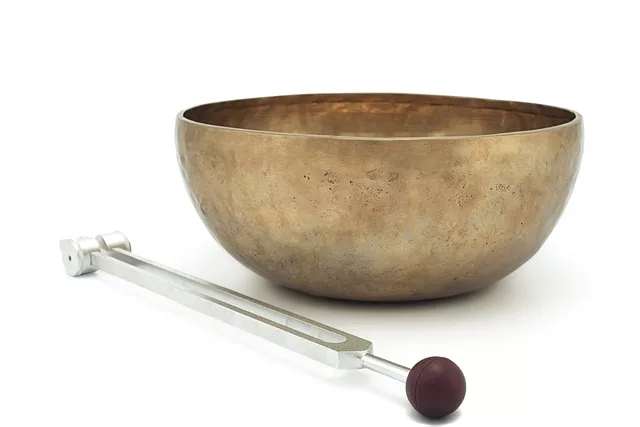Chronic pain can be an overwhelming and debilitating condition that significantly impacts an individual’s quality of life. While conventional treatments such as medication and physical therapy are commonly used, alternative approaches like music therapy have gained recognition for their potential in pain management. This article explores the role of music therapy in alleviating discomfort, reducing reliance on pain medications, and improving overall well-being.
Understanding Music Therapy
Music therapy is a therapeutic practice that utilizes the power of music to address physical, emotional, cognitive, and social needs. It involves the deliberate use of music-based interventions by trained professionals to achieve specific therapeutic goals. In the context of pain management, music therapy focuses on harnessing carefully chosen rhythms, melodies, and lyrics to evoke positive physiological and psychological responses.
How Music Therapy Relieves Pain
- Distraction and Focus Shifting: Listening to music can divert attention away from pain and shift focus towards the pleasurable sensations of the music. This distraction can help break the cycle of pain perception, reducing its intensity and impact.
- Mood Enhancement and Emotional Regulation: Music has a profound effect on emotions, and it can influence mood states. By selecting appropriate music, music therapists can help patients experience positive emotions, such as joy, relaxation, or empowerment, which can counteract the negative emotions associated with pain.
- Stress Reduction and Relaxation: Engaging with soothing music promotes relaxation and helps reduce stress levels. Relaxation techniques, combined with calming melodies, can alleviate muscle tension, lower heart rate, and improve overall well-being.
- Neurological Effects: Music has the ability to stimulate various regions of the brain, including those involved in pain processing. It can activate reward pathways, trigger the release of endorphins (the body’s natural pain-relieving chemicals), and modulate the perception of pain signals.
- Social Connection and Support: Participating in group music therapy sessions can foster social connections, provide a sense of belonging, and create a supportive environment where individuals can share their pain experiences and learn from one another.
How to Incorporate Music Therapy into Pain Management
- Active Music Engagement: Playing a musical instrument, singing, or engaging in rhythmic activities such as drumming can provide a sense of control and empowerment over pain. Active music-making engages the mind and body, promoting a sense of achievement and positive distraction.
- Passive Music Listening: Simply listening to music can have therapeutic benefits. Create personalized playlists of favorite songs or explore genres known for their calming or uplifting qualities. Experiment with different tempos, melodies, and lyrics to find what resonates best with individual preferences and pain management needs.
- Guided Imagery and Music (GIM): GIM combines relaxation techniques with carefully curated music to guide individuals through a process of imagery and introspection. It can help individuals explore and address the emotional and psychological aspects of pain, leading to greater self-awareness and coping strategies.
- Collaborate with a Music Therapist: Working with a certified music therapist can provide personalized and tailored interventions based on individual needs. A music therapist can assess pain levels, preferences, and goals to design appropriate music-based interventions and guide individuals through the therapeutic process.
Music therapy offers a unique and powerful approach to pain management, providing a rhythmical prescription that extends beyond traditional medical interventions. Through carefully chosen rhythms, melodies, and lyrics, music therapy can effectively distract, enhance mood, reduce stress, and foster social connections. Whether actively engaging with music, listening passively, or participating in guided sessions, individuals can experience relief from chronic pain while improving overall well-being. Consider exploring music therapy as a complementary approach to pain management, and consult with a certified music therapist to design a personalized plan that suits your needs and preferences.
Image by Susanne Jutzeler, Schweiz 🇨🇭 💕Thanks for Likes from Pixabay
Sound Healing
-

What are Most Popular Types of Sound Therapy?
Sound therapy has gained significant popularity in recent years as a holistic approach to wellness and relaxation. This article delves into the various modalities of sound therapy, highlighting the unique characteristics and effects of each technique. By providing an overview of popular methods such as singing bowls, tuning forks, gongs, and binaural beats, this article…
-

How to Harness The Healing Power of Music Therapy for Total Well Being
-

How to Improve Sleep with Sound Therapy?
-

How to Reduce Stress with The Soothing Power of Sound Therapy
-

Music Therapy Can Help In Pain Management
-

Do Healing Frequencies Work and How To Use Them?
-

The Art of Sound Healing – How to Use Vibrations for Wellness








Leave a Reply